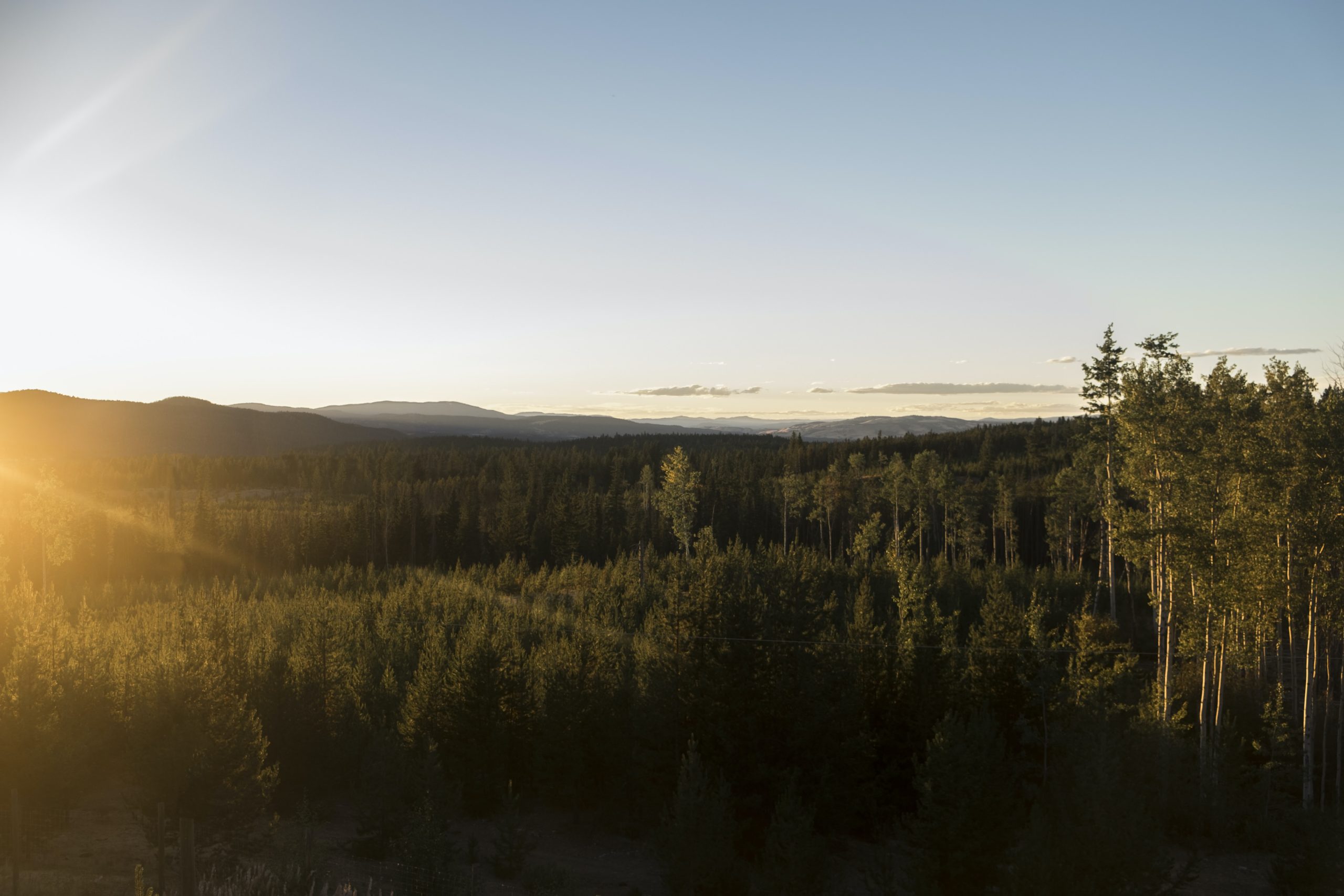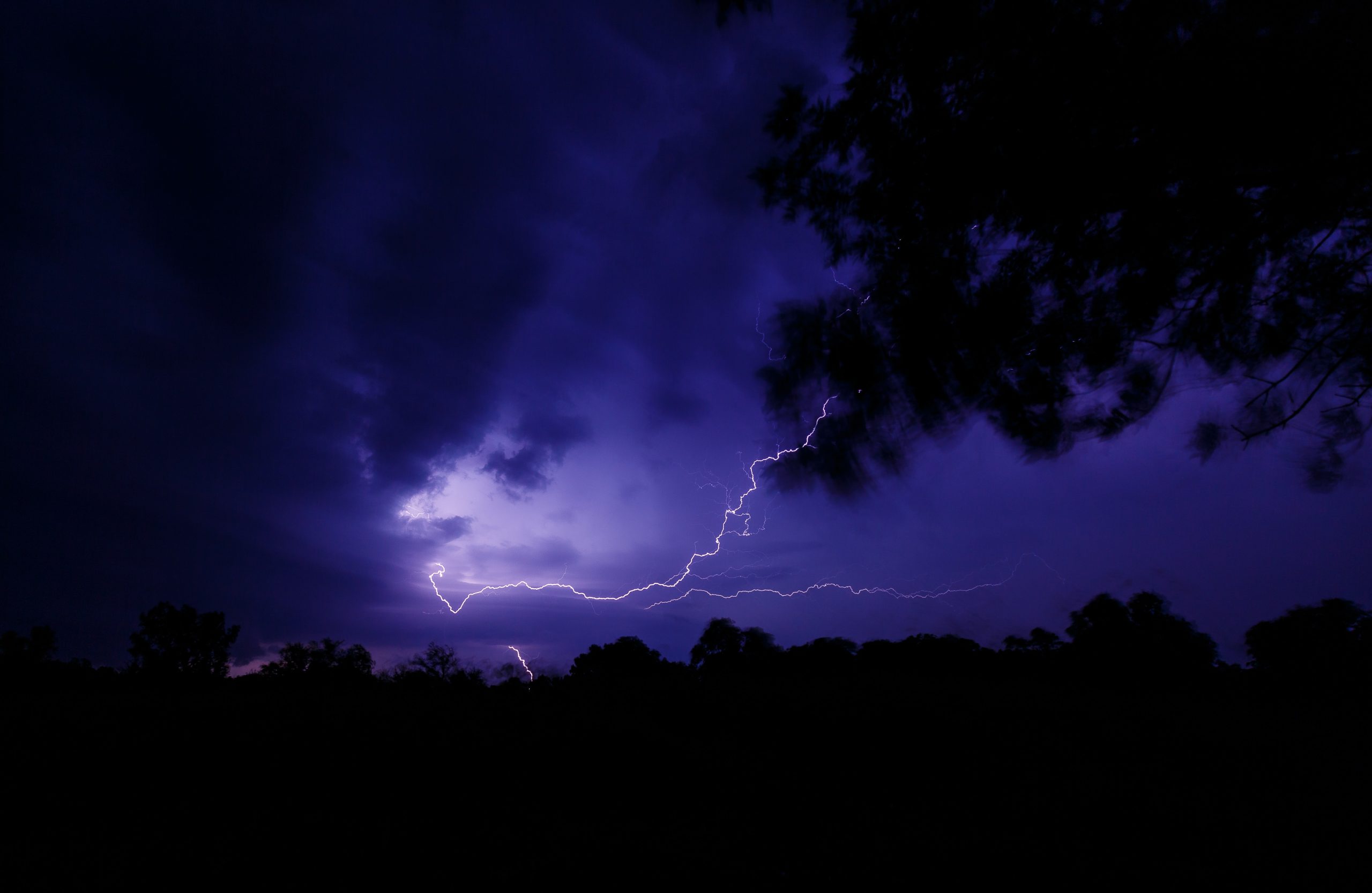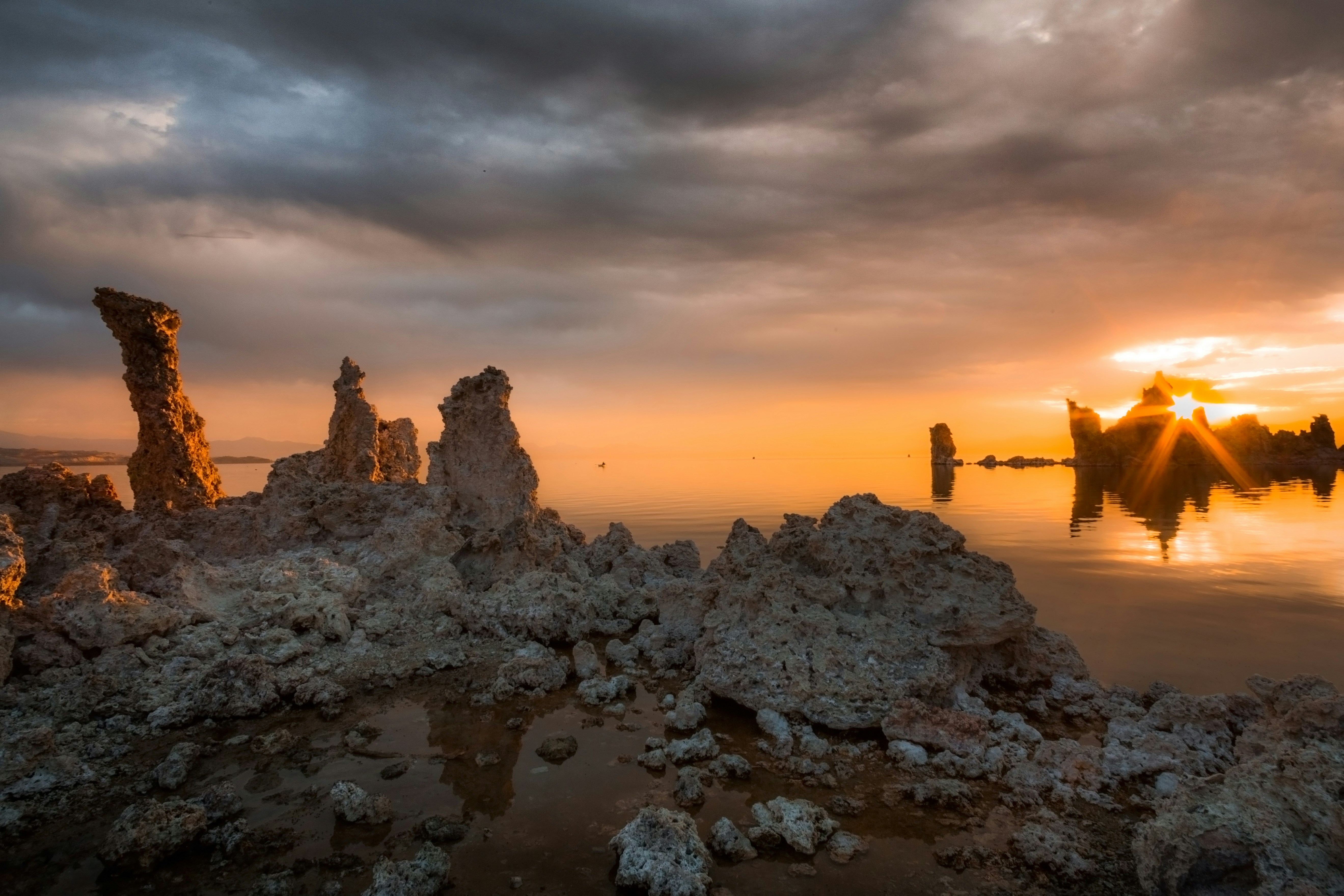Imagine being stranded in the freezing wilderness, with the biting cold seeping into your bones. In such harsh conditions, the risk of hypothermia is a constant threat. But fear not, for there are simple yet effective ways to shield yourself from this dangerous condition. Whether you’re trekking through icy landscapes or caught in an unexpected snowstorm, the key lies in proper preparation and smart choices. By understanding how your body loses heat and taking proactive measures to retain it, you can ensure that hypothermia remains nothing but a distant concern.
Understanding Hypothermia
Definition of hypothermia
Hypothermia is a condition that occurs when your body loses heat faster than it can produce it, resulting in abnormally low body temperature. Your body temperature drops below 95 degrees Fahrenheit (35 degrees Celsius) during hypothermia. This can be life-threatening if not treated promptly.
Causes of hypothermia
Hypothermia can be caused by various factors, including prolonged exposure to cold temperatures, immersion in cold water, inadequate clothing for the weather conditions, and prolonged exposure to wet conditions. Other contributing factors include being caught in extreme weather conditions, such as blizzards or severe storms, and certain medical conditions that affect the body’s ability to regulate temperature.
Symptoms and signs of hypothermia
Recognizing the symptoms and signs of hypothermia is essential for prompt intervention. In the early stages, you may experience shivering, cold and pale skin, numbness, and a feeling of exhaustion or fatigue. As hypothermia progresses, more severe symptoms may develop, such as confusion, clumsiness, slurred speech, slow breathing, weak pulse, and in severe cases, loss of consciousness. If you suspect someone may be experiencing hypothermia, it is crucial to seek medical attention immediately.
Who is at Risk of Hypothermia
Risk factors for hypothermia
Certain individuals are more vulnerable to developing hypothermia. The elderly have a higher risk due to a decrease in their ability to regulate body temperature. Infants and young children are also at an increased risk because they have a larger surface area to body mass ratio, making it easier for them to lose heat. Homeless individuals, outdoor workers, and individuals participating in outdoor activities are also at a higher risk.
Conditions that increase the risk of hypothermia
Several environmental conditions can increase the risk of hypothermia. Cold temperatures, especially when combined with wind or wet conditions, can accelerate heat loss from your body. Altitude can also play a role in hypothermia risk, as temperatures tend to be lower at higher elevations. Additionally, alcohol and drug use can impair your body’s ability to regulate temperature, increasing the risk of hypothermia.
Essentials of Hypothermia Prevention
Importance of knowing the weather forecast
One of the most effective ways to prevent hypothermia is by staying informed about the weather conditions. Before heading outdoors, it’s crucial to check the weather forecast for the day. This will allow you to plan accordingly and make sure you are adequately prepared for the conditions you may encounter.
Fundamentals of dressing appropriately
Proper clothing is vital in preventing hypothermia. Dressing in layers is highly recommended. Layering allows you to adjust your clothing according to your body’s needs and the changing weather conditions. Your clothing should include a base layer, a mid layer, and an outer layer.
The Significance of Layering Clothes
Function of base layer
The base layer is the first line of defense against hypothermia. This layer is in direct contact with your skin and should be made of a moisture-wicking material that helps draw sweat away from your body, keeping you dry. It will provide insulation and help regulate body temperature.
Why mid layer is crucial
The mid layer provides additional insulation and helps retain body heat. It should be lightweight and breathable, allowing for air circulation while trapping warmth. Materials like fleece or wool are excellent choices for a mid layer.
The importance of the outer layer
The outer layer serves as protection from wind, rain, and snow. It should be windproof, waterproof, and breathable to prevent moisture from accumulating inside, which can lead to further heat loss. A good quality jacket or coat with insulation is essential for proper protection against the elements.

Hydration and Nutrition
The role of dehydration in hypothermia
Maintaining proper hydration is vital in preventing hypothermia. Dehydration can impair your body’s ability to regulate temperature and increase the risk of hypothermia. It is crucial to drink plenty of fluids, even in cold weather, as your body still loses water through respiration and sweat.
Tips for staying hydrated
To stay properly hydrated, it’s essential to drink water regularly, even if you don’t feel thirsty. Avoid excessive consumption of caffeine and alcohol, as these can contribute to dehydration. Eating hydrating foods, such as fruits and vegetables with high water content, can also help maintain hydration levels.
Dietary considerations to stay warm
Eating a well-balanced diet is crucial for maintaining body heat during cold weather. Your body needs fuel to generate heat, so it’s important to consume enough calories. Include foods rich in carbohydrates, healthy fats, and proteins to provide the necessary energy for your body to keep warm.
Importance of Emergency Kits
Components of an emergency hypothermia kit
Having an emergency hypothermia kit is crucial, especially if you frequently engage in outdoor activities or live in areas prone to extreme weather conditions. Your kit should include items such as emergency blankets, hand warmers, waterproof matches or a lighter, a whistle for signaling, high-energy snacks, and a first-aid kit.
How to use emergency blankets
Emergency blankets are designed to help retain body heat and provide insulation. In case of hypothermia, wrap the affected individual in the emergency blanket, ensuring it covers their entire body, with special attention to the head and neck area. These blankets are lightweight and compact, making them easy to carry and store in your emergency kit.
Other vital items in a hypothermia kit
In addition to emergency blankets, there are other essential items to include in your hypothermia kit. Hand warmers can provide a quick source of heat in cold conditions. Waterproof matches or a lighter are essential for starting a fire in emergency situations. A whistle can be used to attract attention and call for help. High-energy snacks, such as nuts or granola bars, can provide sustenance in case of an emergency.

Essential Skills to Stay Warm
Importance of creating a shelter
Knowing how to create a shelter is crucial in extreme cold weather conditions. Building a shelter can offer protection from wind and precipitation, helping to conserve body heat. Look for natural windbreaks like trees or utilize materials you have on hand, such as branches or a tarp, to create a makeshift shelter.
How to make fire in the wilderness
Fire is essential in providing warmth and heat in cold environments. Learning how to safely start a fire using materials from the wilderness can be lifesaving in a hypothermic situation. Ensure you have proper fire-starting tools, such as waterproof matches or a lighter, and learn the appropriate techniques for gathering and preparing firewood.
The concept of sharing body heat
In severe cases of hypothermia, sharing body heat with another person can be a crucial measure to prevent further heat loss. Huddling together and sharing body heat can help raise the affected person’s temperature until medical help arrives. It is important to remove any wet clothing before sharing body heat and cover both individuals with blankets or other insulating materials.
Signs of Severe Hypothermia and First Aid Measures
How to identify severe hypothermia
Severe hypothermia can have life-threatening consequences. If someone is exhibiting signs such as unconsciousness, shallow or absent breathing, weak or irregular pulse, and dilated pupils, it is likely a severe case of hypothermia. It is critical to recognize these symptoms promptly and take immediate action.
Immediate actions to take when symptoms are severe
If someone is experiencing severe hypothermia, call emergency services immediately. While waiting for help to arrive, move the person to a warm, sheltered location if possible. Remove any wet clothing and cover them with blankets, focusing on the head and neck areas. Do not attempt to warm the person too quickly, as it can result in dangerous complications.
Next steps after initial first-aid
After providing initial first-aid, it is important to monitor the person’s vital signs and keep them warm until medical professionals arrive. Continue to shield them from the cold, cover them with blankets, and provide warm liquids if they are able to drink safely. Do not administer alcohol or hot drinks, as this can further impair their condition.
Medical Treatment of Hypothermia
When to seek medical help
While mild cases of hypothermia can often be managed with first-aid measures, it is crucial to seek medical help for moderate to severe cases. Medical professionals will assess the person’s condition, monitor vital signs, and provide appropriate treatment to gradually raise their body temperature.
What to expect in the emergency room
In the emergency room, the medical team will focus on rewarming the person safely and monitoring their vital signs. This may involve methods such as warm intravenous fluids, heating pads, or warm air blankets. They will also investigate and treat any underlying medical conditions that may have contributed to the hypothermia.
Post-treatment care
After receiving medical treatment for hypothermia, it is essential to rest and gradually increase activity levels as advised by healthcare professionals. Follow-up appointments may be necessary to monitor for any complications or long-lasting effects of hypothermia.
Potential Complications of Hypothermia
Short-term complications
Hypothermia can lead to several short-term complications, including frostbite, which occurs when tissues freeze due to prolonged exposure to cold temperatures. Other complications may include hypoglycemia (low blood sugar), an irregular heartbeat, or problems with blood clotting. Timely medical intervention can help mitigate these complications.
Long-lasting effects of hypothermia
In some cases, hypothermia can cause long-lasting effects, particularly if the body has been severely affected. These effects may include neurological damage, impaired organ function, increased susceptibility to infections, and increased risk of cardiac events. Regular follow-up appointments with healthcare professionals are essential to monitor and address any potential long-term effects.
Hypothermia’s effect on mental health
Hypothermia can also have a significant impact on mental health. Some individuals may experience anxiety, depression, or post-traumatic stress disorder (PTSD) following a hypothermic episode. It is important to seek support and counseling if needed to address any psychological effects and promote overall well-being.
By understanding the causes, symptoms, prevention methods, and treatment options for hypothermia, you can better protect yourself and others from this potentially dangerous condition. Remember the importance of staying informed, dressing appropriately, staying hydrated and nourished, and having necessary emergency supplies. With these strategies in place, you can enjoy the great outdoors while minimizing the risk of hypothermia. Stay safe and stay warm!

